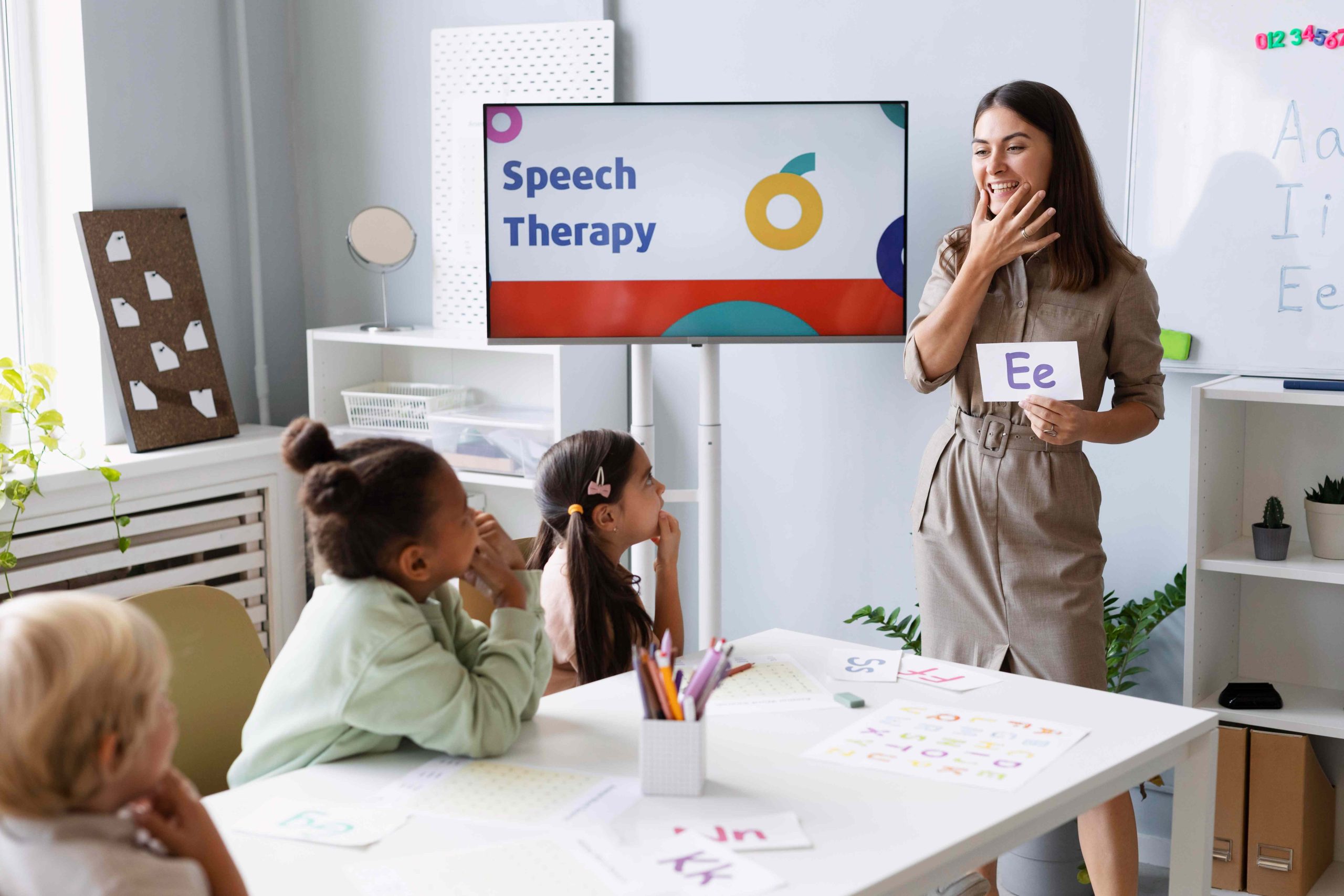
Four Stages of Drawing and Writing: Fostering Visual Communication in Preschoolers
Visual communication is crucial in our daily lives, serving as a means to convey information and express thoughts and ideas. For preschoolers, learning to communicate visually is a pivotal aspect of their development.
Stage 1: Scribbling and Mark Making
Preschoolers embark on their visual communication journey through scribbling and mark making. While seemingly random, these early attempts play a vital role in honing fine motor skills and hand-eye coordination, allowing children to express themselves visually.
Encouragement from parents and educators, coupled with access to various drawing materials, nurtures creativity and skill development at this stage.
Stage 2: Pre-Schematic Drawing
Pre-schematic drawing marks the phase where preschoolers begin to depict objects in their world, albeit in rudimentary forms. Simple prompts like “draw a circle” aid in this transition, guiding children towards understanding how to represent real-world elements visually.
Stage 3: Schematic Drawing
Progressing further, preschoolers refine their drawings to include more details, such as facial features and clothing, making their creations more recognizable. Providing slightly more complex prompts fosters deeper exploration of visual representation.
Stage 4: Realistic Drawing
In the final stage, preschoolers achieve a level of realism in their drawings, closely resembling the objects or people they depict. Opportunities for observational drawing enhance accuracy and detail in their work.
The Importance of Visual Communication for Preschoolers
Visual communication empowers preschoolers to express themselves and comprehend their surroundings, fostering creativity and problem-solving skills. Utilizing visual aids and storytelling enriches their learning experience.
Tips for Encouraging Visual Communication in Preschoolers
- Offer a variety of drawing materials.
- Provide both simple and complex drawing prompts.
- Encourage observational drawing.
- Utilize visual aids and storytelling.
Integrating Technology into Visual Communication for Preschoolers
Embracing technology opens new avenues for enhancing visual communication skills. Digital tools, interactive whiteboards, and VR/AR experiences enrich children’s creativity and understanding of the visual world.
Common Challenges in Developing Visual Communication Skills in Preschoolers
Several challenges, including fine motor skill development and attention span, may arise. However, with a supportive environment and engaging activities, these hurdles can be overcome.
The Role of Parents and Educators in Developing Visual Communication Skills in Preschoolers
Parents and educators play a vital role in nurturing preschoolers’ visual communication skills. Encouraging creativity, providing guidance, and leveraging technology are key strategies in this endeavor.
The Benefits of Developing Visual Communication Skills in Preschoolers
From improved fine motor skills to enhanced digital literacy, the benefits of developing visual communication skills are manifold. By providing support and resources, parents and educators pave the way for preschoolers’ success in the digital age.


